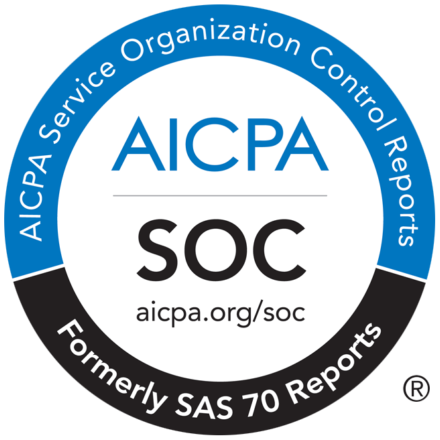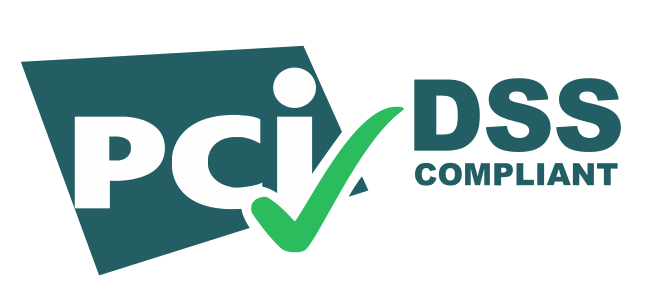Nowadays, schools and colleges are taking the initiative to teach their students about plagiarism. One can simply define plagiarism as an unethical use of someone else’s work without crediting them. The basic idea of plagiarism in actual life can be tricky. Students need more in-depth knowledge about plagiarism to stay away from it.
The same goes for freelance writers and journalists. Though learning can seem tedious, a fun online plagiarism quiz can help deliver a better idea about plagiarism. Before the plagiarism quiz, here is a brief idea about plagiarism and its consequences:
Definition of Plagiarism
When a student or writer uses a part of another writer’s work and uses it under their name, it is called plagiarism without crediting the original author. Even though a student or writer put the parts after substituting a few words here and there, the content is still plagiarised.
Consequences of Plagiarism: Why Is Plagiarism Important?
Like many other countries, India also has strict copyright laws that secure the authors of their works’ right. A writer may end up seeking legal help. If the allegations are proved, the convicted may be sentenced to prison or monetary compensation.
- For Students:
The institution can give the student a failing grade if they can find plagiarism in their academic writing. If the accusation is repeated, they can suspend the student, which can harm the student’s academic career. The institution may take steps based on their educational policy as they consider plagiarism a threat to their academic integrity.
- For Journalists and writers:
The journalists or writers, plagiarism can be harmful to their reputation. The journalists may get suspended from the organization they were working with if the plagiarism charges are proven. If writers have duplicate content in their writing, it can take away their credibility, and they lose their readership.
- For Bloggers:
If the bloggers commit any act of plagiarism, they can lose traffic. It is effortless for the readers to find out the plagiarized content. The readers lose their trust in the blog. If the blog promotes a business, this alleged plagiarism can adversely impact the business.
- For Websites:
For websites, it is similar to that of blogs. Since the website loses its credibility, the customers or clients may doubt the business or service provided by those websites. Though they are legit, many visitors may have trust issues with them.
As a result, they can lose their business. The website may also end up with a lower SEO rank, and hence they may not appear in the search results. For this reason, they may lose more traffic.
Plagiarism Checker Tool and Its Necessity
The best way to avoid plagiarism is to credit the original author of the writing. The students and writers need to put those parts within quotation marks and do the citation. In the citation, they need to provide valid information about the reference work.
Since plagiarism is a severe issue, the students need to use an online paper checker before submitting their work. The plagiarism checker tool scans the text and compares it to the other content available online.
Then they provide a detailed result and mark out the copied content with the source. The writers can quickly put the parts within quotes and do proper citations to avoid plagiarism.
After an overview of the term plagiarism, it is time for a plagiarism quiz. The plagiarism quiz helps the students and writers get a better idea about different aspects of plagiarism.
Plagiarism Quiz Starts Now!
Q1. If a student copies parts of other writers’ writing and uses it in their work, without knowing it. They don’t credit the source or use quotation marks. Is that plagiarism?
- No, if they don’t know, then not plagiarism.
- Yes, and it is called unintentional plagiarism.
- Yes, or No, it depends on the institution.
Ans. 2
Q2. If it is a widely known truth, then is it essential to do citation?
- No
- Yes
- Use quotation marks
Ans. 1
Q3. A student is working on a project, and they use parts of their previous projects in their writing. They do not use any quotation marks or never mention the previous project’s name on this one. Is it plagiarism?
- No. It’s not plagiarism.
- Yes. It is called Self-plagiarism.
- They cannot use parts of their previous work in a new one.
Ans. 2
Q4. Which of the following is not a citation style?
- APA Style
- Chicago Style
- MGM Style
Ans. 3
Q5. For collaboration works, a student did not mention the collaborators’ names. Is it plagiarism?
- Yes, they must credit the collaborator.
- No. It was a collaboration.
- It was an unhealthy collaboration.
Ans. 2
Q6. What should the students do if they want to use their previous project in a new one?
- Take the permission of the teacher before using it.
- Just use it.
- Use quotation marks and then mention the name of the essay in the citation.
- Both a and b
Ans. 4
Q7. Plagiarism is only essential for school works and university papers.
- True
- False
- Plagiarism is not at all critical.
Ans. 2
Q8. A student paraphrases the whole content from another writer’s work and passes it as their own. Is it plagiarism?
- They have paraphrased, so no.
- Yes, but using a quote is a must.
- Yes. The student should have mentioned the name of the work in citation and credit the original writer appropriately.
Ans. 3
Q9. A student finds that they are familiar with the lines he/she has used in their work to support their argument. They do not remember where it is from or what to do in that case?
- Remove the phrase
- Pass it off with quotes and without mention of the source
- Use plagiarism checker as they can find out by checking against the pre-existing content.
Ans. 3
Q10. A blogger copy-pastes exclusive content from another website and uses it without credit. They do not use quotation marks for it. Is it plagiarism?
- Yes, they need to mention the URL and cite the source. Otherwise, it is an instance of direct plagiarism.
- No. Online articles do not need citation if used again.
- It does not matter.
Ans. 1

